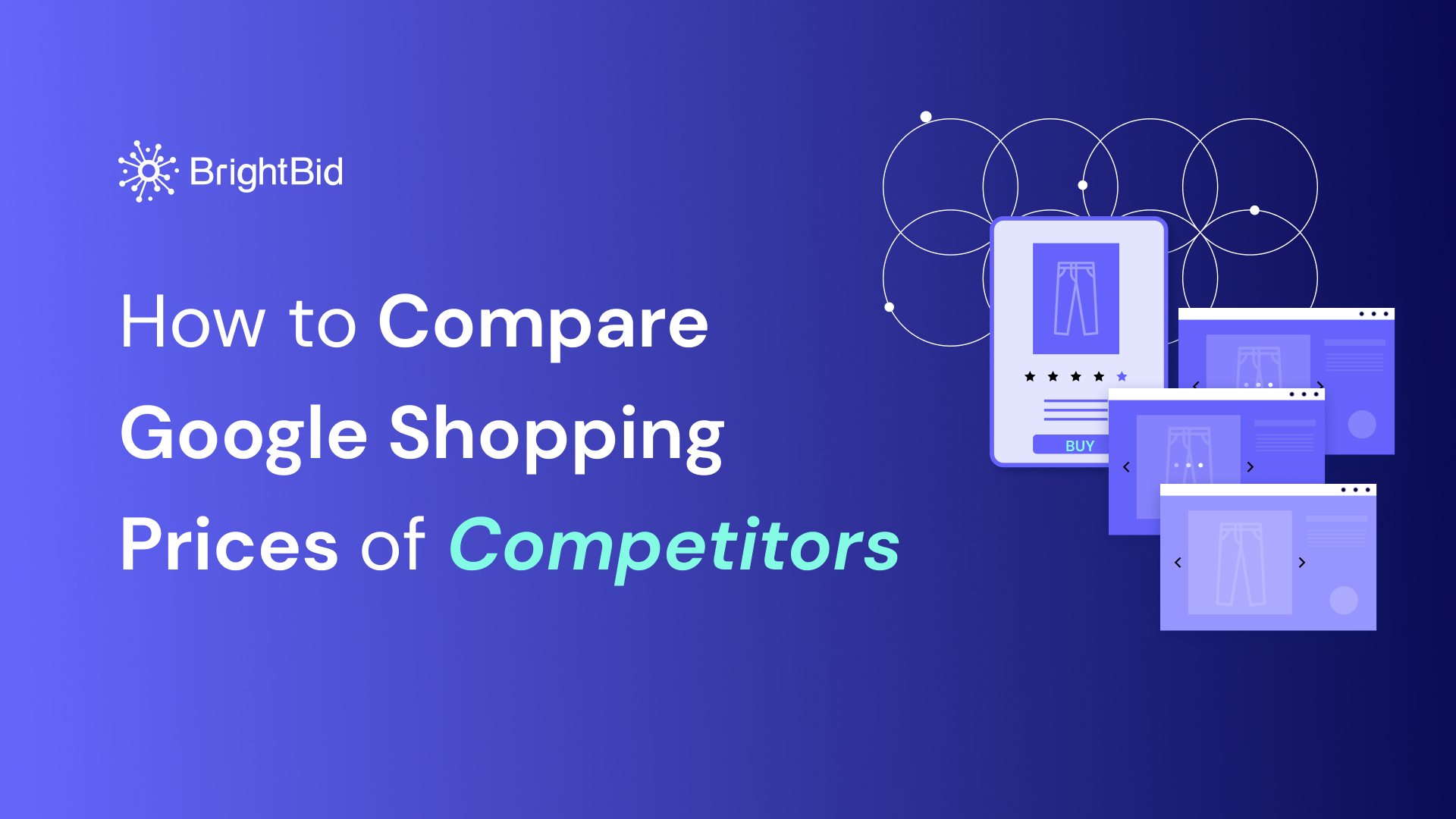A couple of decades ago, talking to a robot assistant on a daily basis seemed like science fiction. Now, finding the nearest restaurant, shoe repair shop, or bar is effortlessly done by asking Siri or Alexa for recommendations. Voice search optimization (VSO) has become increasingly vital for e-commerce businesses, offering a seamless way for users to inquire about products and services using natural language. However, while VSO can enhance the shopping experience, it should be approached with caution to avoid potential privacy concerns and ensure a harmonious balance between personalized recommendations and user data protection.
Table of Contents
What is Voice Search?
Let’s take a moment to understand what voice search is and how it works. Voice search technology enables users to conduct searches by speaking into devices such as Siri, Google Home, Alexa, and Microsoft 365 Copilot. You can optimize your content for voice search SEO to ensure that the information about your company and products is easily accessible to users.
One of the key features of voice search is that users tend to ask questions when using their devices like mobile phones, tablets, smartwatches, etc. Voice search devices use search engines to provide users with relevant information and can even send links to content.
Enhance your PPC campaigns with AI
Why Voice Search Optimization is Not a Walk in the Park
Optimizing for voice search comes with challenges. Unlike text searches, voice queries are more conversational, mirroring how we speak in real life. This shift has compelled SEO experts and marketers to adapt to cater to this expanding user base.
Voice search is a fast-rising e-commerce trend that businesses should not ignore. According to a study done by PWC, 72% of consumers prefer voice searches over typing.
Voice search optimization is a set of SEO techniques that make your content more likely to appear in voice search results. Voice search queries are more conversational than text searches, and they are closer to how we talk in real life.
Distinctions between voice and text searches are crucial. Voice queries are more conversational, reflecting natural speech patterns. Search engines, notably with updates like Google’s Hummingbird and BERT, now focus on understanding user intent in longer, conversational queries, reshaping the SEO landscape.
To optimize for voice search, you can target question keywords and other long-tail keywords, use conversational language in your content, prioritize local SEO, try to capture Google featured snippets, use schema markup, optimize for mobile, and keep your site fast. Voice search presents an opportunity to capture organic search traffic and improve your site’s overall SEO and ranking. It is important to adapt to the growing group of voice search users and provide relevant content that addresses common verbal queries.
Voice search optimization is becoming the norm, offering a significant opportunity to tap into a new audience reliant on voice-enabled devices for information and purchases. Moreover, optimizing for voice search can elevate your site’s overall SEO and ranking, as search engines favor websites that cater to voice searches.
How to Optimize Ads for Voice Search and Avoid Overpesonalization
So how exactly does voice-activated search impact advertising and consumer behavior? Mainly, consumers see voice assistants as the smarter, faster, and easier way to perform everyday activities, but trust remains a barrier for voice assistant shoppers. Customers still want control over ads so they don’t interfere, and for many, overpersonalization can cross the line.
Personalization plays a crucial role in enhancing online experiences by minimizing user effort and presenting only relevant information. By filtering out unnecessary noise, personalization ensures that users are provided with content that aligns with their interests and preferences. This approach not only saves users’ time but also enriches their overall online experience.
However, it is important to strike a balance in personalization to avoid overdoing it. Overpersonalization can have negative consequences such as reduced recall and a limited range of experiences. When users are excessively placed within a specific niche, they may only encounter information that fits into that narrow category. This can lead to a lack of diversity and prevent users from exploring a wider range of content.
Enhance your PPC campaigns with AI
How AI Can Assist with Voice Search Optimization
It is crucial to find the right balance between personalization and variety to ensure a more engaging and satisfying online experience for users. The rise of voice search presents unique challenges for businesses, but AI comes to the rescue by making voice search optimization more accessible and efficient.
AI plays a critical role in making sense of voice search queries, utilizing natural language processing to comprehend better the context and intent of a voice search query, making search results more accurate and relevant. Here’s how AI can help you ensure your ads are personalized the right way.
- AI has the potential to develop privacy-preserving algorithms that can analyze user data without compromising individual privacy. These algorithms can extract relevant insights without directly linking personal information to advertising preferences.
- Instead of solely relying on individual user data, AI can incorporate contextual information such as content, device, and location to make advertising decisions. This helps in delivering more relevant ads without solely relying on explicit user details.
- AI algorithms can dynamically adjust personalization thresholds based on user behaviors and feedback. If a user signals discomfort with the level of personalization, the system can automatically scale back and deliver a more generic experience.
- AI can be employed to make the personalization process more transparent. Providing users with clear explanations of why certain ads are being shown, and allowing them control over the types of data used for personalization, fosters a sense of trust and understanding.
- AI systems can actively solicit and incorporate user feedback regarding the relevance and appropriateness of ads. This feedback loop helps the system continuously refine its personalization strategies based on user preferences.
- AI algorithms can ensure that advertising campaigns include diverse content and cater to different segments of the audience. This prevents users from being exposed to a narrow range of content, reducing the risk of creating isolated filter bubbles.
- AI can monitor and manage the frequency with which an individual is exposed to specific ads. This prevents users from feeling bombarded by repetitive content, enhancing the overall user experience.
- AI systems can be programmed to meet the changing regulations on data protection and privacy. By keeping up with legal requirements, AI-powered advertising platforms can guarantee that personalized practices comply with legal standards and user expectations.
- Advanced anonymization techniques can be utilized by AI to process data in a way that eliminates personally identifiable information. This guarantees that the insights produced are based on patterns and trends rather than individual user profiles.
- It is essential to establish and adhere to ethical AI guidelines. AI developers and advertisers can work together to create and follow guidelines that prioritize user well-being, ensuring that AI applications in advertising align with ethical principles.
And remember that:
- excessive personalization can cause discomfort, particularly when it involves sensitive matters such as memorial services or medical concerns
- to avoid overpersonalization, you should expand your target audience, blend targeted and non-targeted content, refine algorithms for specific scenarios, and offer customers a feedback mechanism
- users should have the option to express their concerns or annoyance with targeted content and have a certain level of control over personalization.
Also, check our blog post for more tips on how PPC automation and AI can improve your ad campaigns.
8 Voice Search Optimization Tips
To effectively optimize for voice search, several best practices can be employed:
- Choose longer, more specific queries that sound like a natural conversation (long-tail keywords). Use tools for keyword research and explore ”related searches” or ”people also ask” sections for insights.
- Make your content sound conversational and avoid using too much technical language. Keep a casual writing style while still delivering high-quality content.
- Give priority to local SEO by creating and maintaining a comprehensive Google Business Profile. This will enhance visibility for local businesses and increase the chances of ranking in local voice searches.
- Aim to capture Google featured snippets, as virtual assistants often read these snippets as answers. While it’s not guaranteed, optimizing for featured snippets can greatly increase traffic.
- Integrate schema markup to provide detailed information about your business. This invisible code improves visibility in search results and increases the likelihood of appearing in voice search results.
- Optimize your website for mobile devices, as voice searches are often done on mobile. Embrace responsive design to ensure a mobile-friendly website that improves rankings in both text and voice search results.
- Keep your website fast, as page load time is important for user experience and search engine rankings. Use speed-checking tools and implement performance optimization steps to ensure a fast website.
- Using schema markup can increase your chances of appearing in voice search results. Schema markup is a technique that involves adding structured data to your website’s HTML code, which can improve your website’s on-page SEO. While schema markup may not be visible to human visitors, it can have a significant impact on your website’s overall performance and success.
Conclusion
As voice search continues to shape the SEO and advertising landscapes, adopting voice search optimization strategies becomes crucial for reaching a broader audience and improving overall search engine rankings and ad effectiveness. Embrace these practices to ensure your site not only captures voice search traffic but also maintains a competitive edge.





